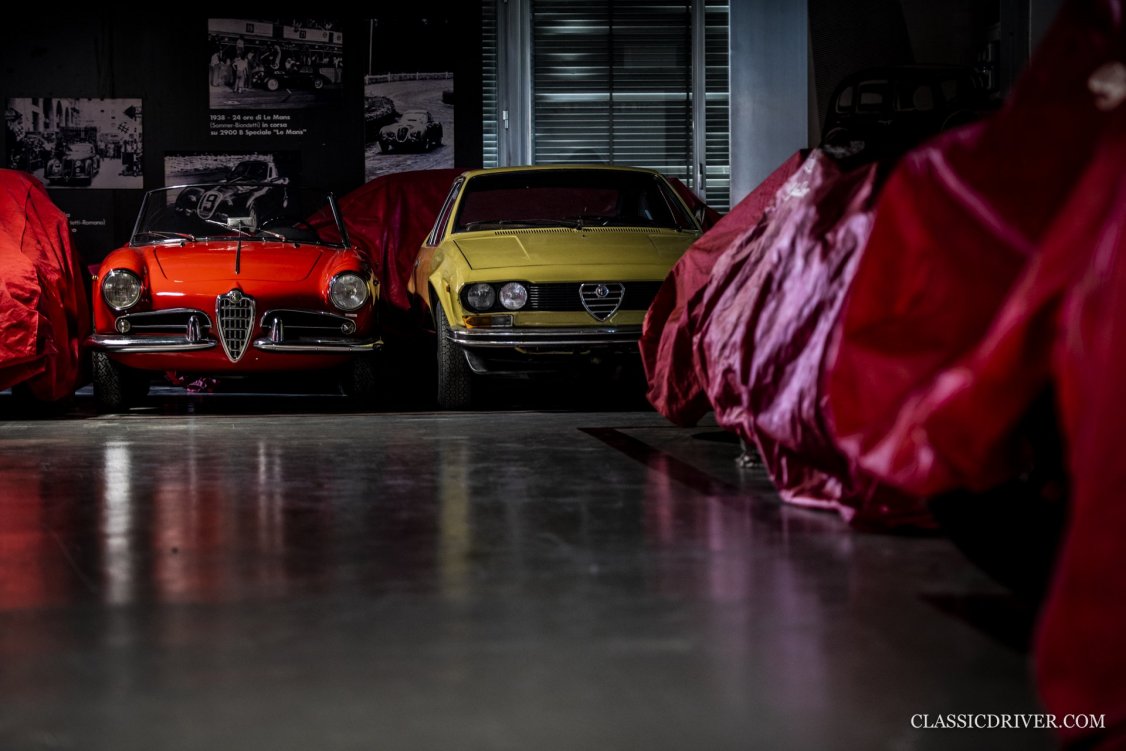

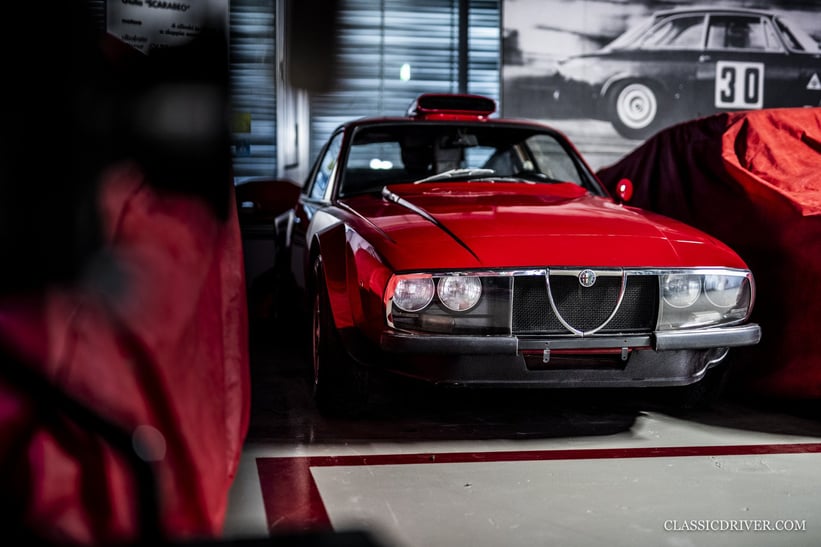
I first discovered the location of Alfa Romeo’s secret storage warehouse last year during a visit to the Museo Storico. I was allowed to enter for what felt like a few short seconds and all I saw across the vast, dark room were vaguely familiar shapes hidden beneath red covers. But that was more than enough for me to decide that I needed to capture this mysterious, almost celestial feeling room, which I knew was filled with the rarest and most beautiful automotive treasures on the face of the planet.
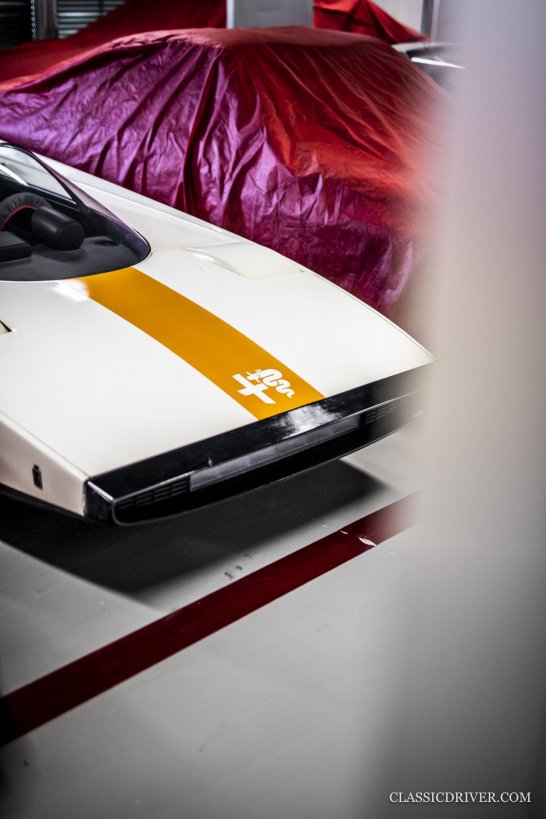

Naturally, I floated the idea with my friends at Alfa, who assured me that it would one day be possible. I waited for months and months until the call finally came asking if I could travel to Arese. What’s more, the long-awaited invitation arrived just a few short weeks before Alfa Romeo’s 110th birthday on 24 June – hopefully the day you’re reading this story (we’re delighted, by the way, that Alfa Romeo picked Classic Driver to help celebrate this landmark anniversary, with both this exclusive story and a special instalment of Classic Driver Live from the warehouse later this evening). The timing was not coincidental. The Museo Storico has decided to open the warehouse to the public for the very first time and chief curator Lorenzo Ardizio and his team have been hard at work preparing and thematically organising the hidden collection ready for the first groups of visitors later this summer.


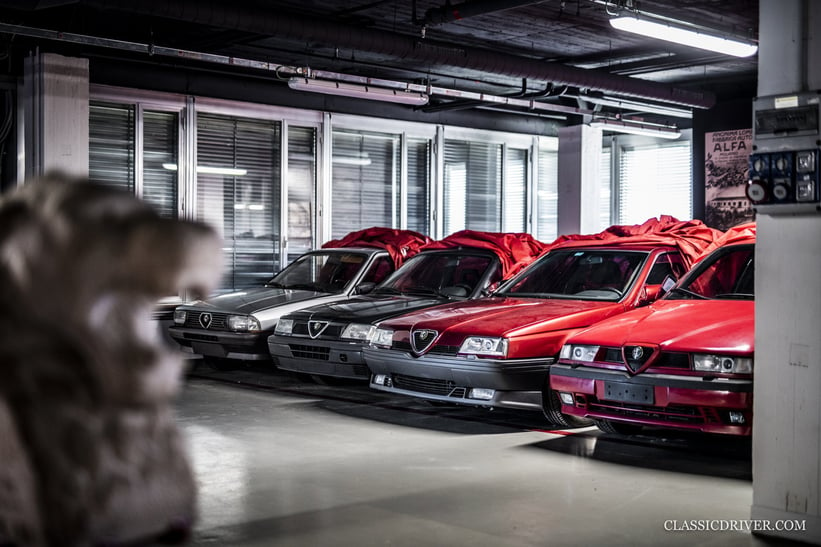
Save for the odd creak from the 1970s building – Alfa’s former HQ, which now houses the magnificent Museo Storico among other things – and the occasional gust of wind, the two-storey warehouse is eerily silent. Remarkably, I’ve been left alone to go about my business, so the silence is even louder. Surrounded by such a smorgasbord of cars, from the simple and the pedestrian to the exotic and the priceless, is a humbling experience to say the least. Despite the covers, you really can feel the weight of the marque’s 110-year history. These cloaked machines demand your respect and humility because Alfa Romeo is such a hallowed name for virtually all classic car enthusiasts.

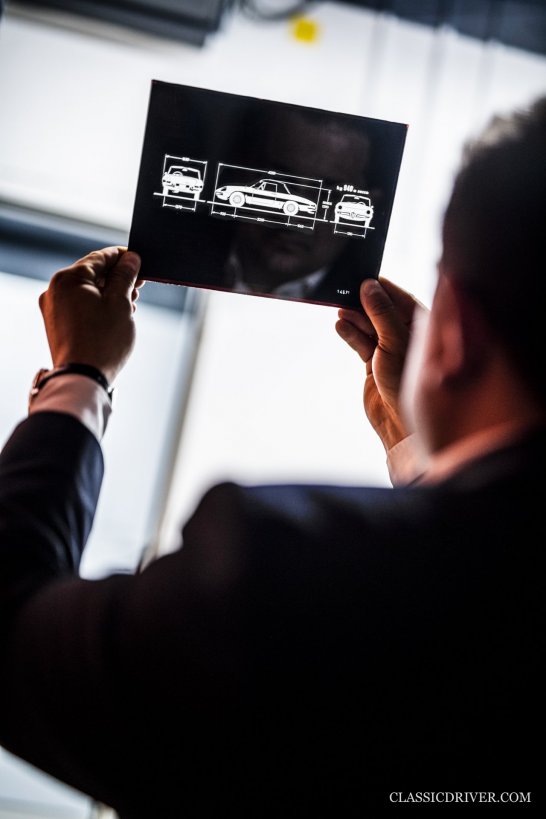
I’m alone with 200 Alfas, many of them completely unknown, and I have no idea where to start. Prototypes, concepts, racers – you name it, and it’s here. I remove a cover here and there, discovering a headlight or a wing mirror or a wheel. Sometimes you don’t know what you’re looking at – others, you simply can’t believe what you’re looking at. Take the ex-Juan Manuel Fangio Alfetta, for example, and the second, far less tidy Montreal prototype, which was used for period road tests. Then there’s the Popoli-Alfa Romeo boat, powered by the V8 from the Tipo 33. Oh, and did you know there are two 164 Procars? I certainly never did. You can imagine how it feels, then, to peel back the covers and be greeted by such mythical machines.
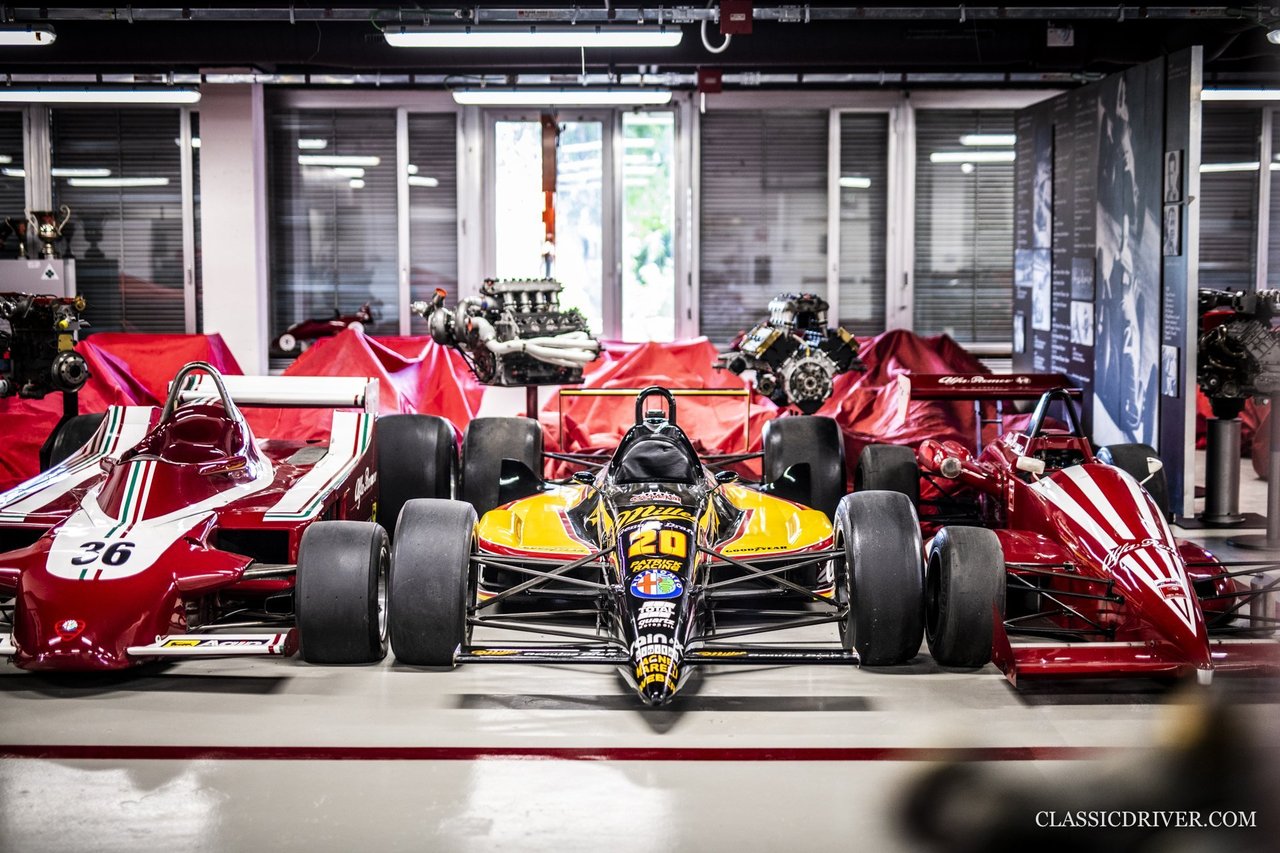


The area dedicated to the monoposti left me speechless, as well as the pre-War section, featuring some amazing cars, each with a superb body and rarer than the one parked next door. Of course, it’s not just the exceptional that resides in the warehouse – you’ll also find basic Alfa Romeo 33s, 75s, Alfasuds, Duettos and even the entire model ranges from the 1980s and 1990s.

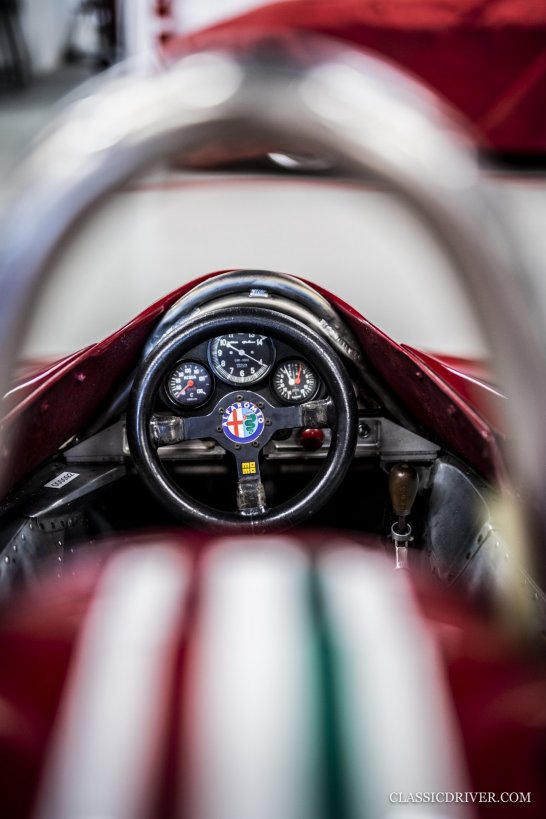
It’s less about exclusivity and more about exhaustivity and keeping track of every step of the marque’s history. The strong presence of these more modest ‘youngtimers’ just made me realise that Alfa understands the way enthusiasts think. These cars are not necessarily for me, but they’re part of the DNA, of the Cuore Sportivo essence. The touring cars of the 1980s and ’90s are especially evocative. Who doesn’t dream about Nicola Larini’s 155 V6 TI?


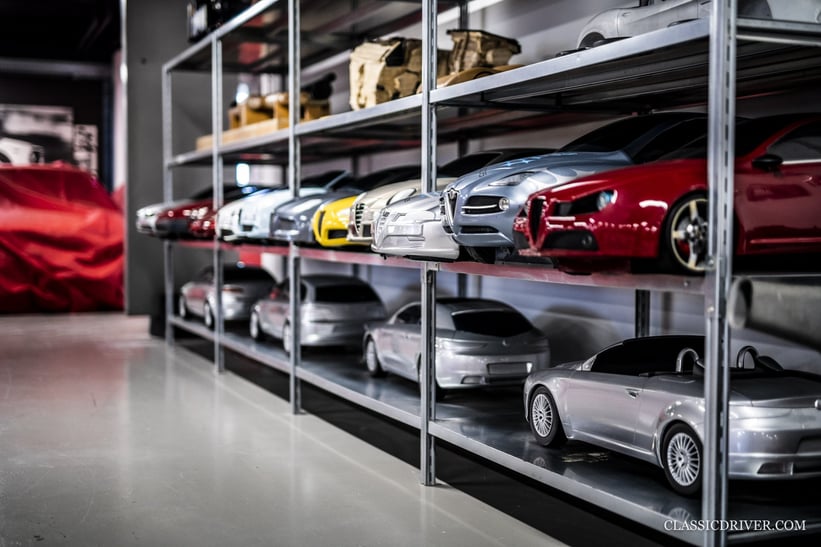
“The museum’s original curator Luigi Fusi and his repartino did an excellent job of creating the collection,” explains Ardizio, after joining me in the warehouse. “A museum must be a synthesis of a story and a media between the exhibits and the visitors – this collection and archive now represent all the most important chapters of Alfa Romeo’s incredible history. Obviously, there are still some cars missing. Sometimes the problem can be easily solved, for example we do not have a 1983–1987 Spider, but other times it will remain a dream. The only Grand Prix car built for the 1914 season, for example, was later destroyed.”


A lifelong Alfista who grew listening to the soul-stirring sounds of racing cars testing at the marque’s nearby Balocco test track, Ardizio joined the Museo Storico as a guide while he was studying, before being invited to curate the renovated museum and archive, which opened in 2015. He is understandably incredibly passionate about all things Alfa Romeo. “History, design, performance and patriotism are all words I’d use to describe Alfa Romeo,” he continues, “but for me, the most important element is that it is an inclusive and not an exclusive brand. Everybody is welcome and can be a part of it – in the museum, we’ll often find 8C 2900 collectors speaking with Alfasud owners and sharing the passion.”
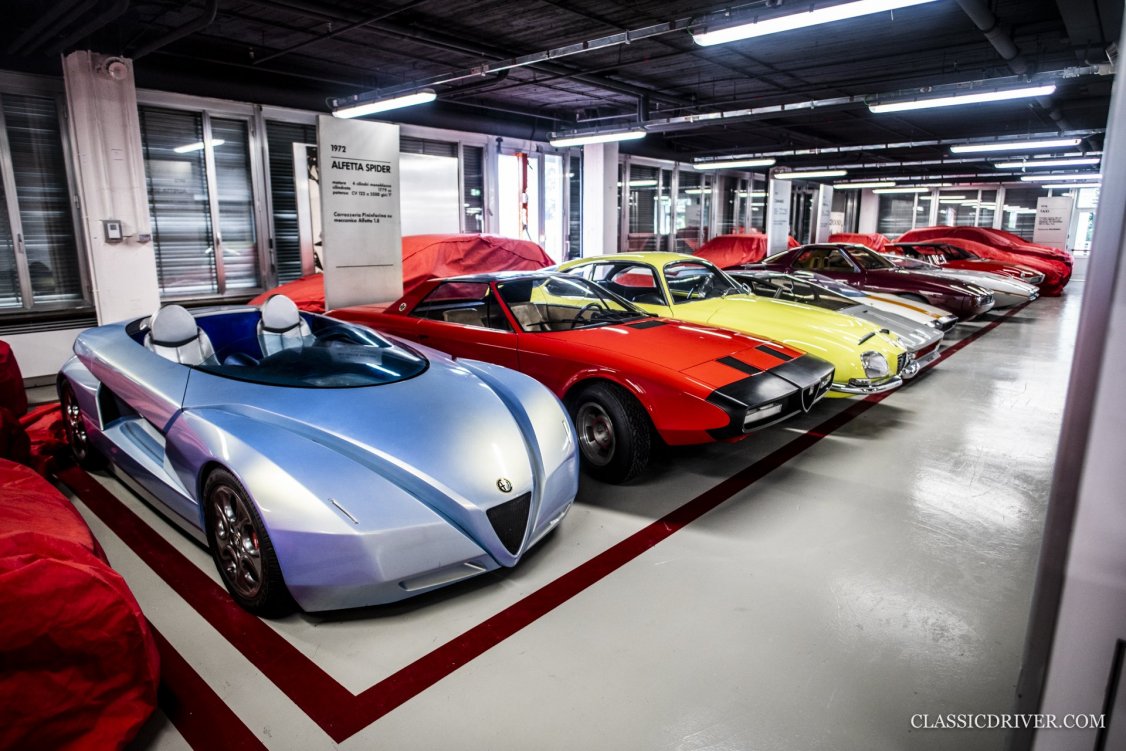
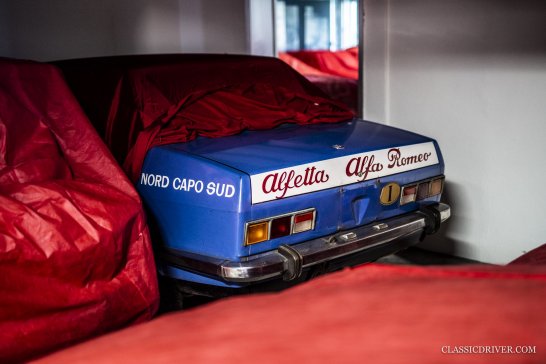

The final area of the warehouse is divided into two. Firstly, there’s a collection of over 150 prototype engines, most of which never made it to production, such as the V10s and the rotaries. You can’t imagine the diversity here and everything has been kept. The second part is the archive, which comprises hundreds of thousands of documents, from blueprints, technical sketches and user manuals to books, records of test days at Balocco and press releases. It’s a never-ending mass of fascinating history, which spans 110 years! As a disclaimer, these final two sections will not be openly accessible to the public.


So, was it worth the long wait to finally explore this hidden treasure trove? Absolutely. And I love that it’s being opened to the public, because if you can’t move the walls of the museum, then why not take visitors behind the rope and show them what normally can’t be seen? After all, there’s always an extra fascination for the hidden – and I admit, it’s the same for me. “People, markets, cars and motorsport all change with the ages,” Lorenzo Ardizio concludes. “Alfa Romeo was able not only to constantly reinvent itself in order to survive, but also act as a key protagonist throughout.” Here’s to the next 110 years of history. Tanti Auguri di Buon Compleanno Alfa Romeo!
Photos: Rémi Dargegen for Classic Driver © 2020





























































































